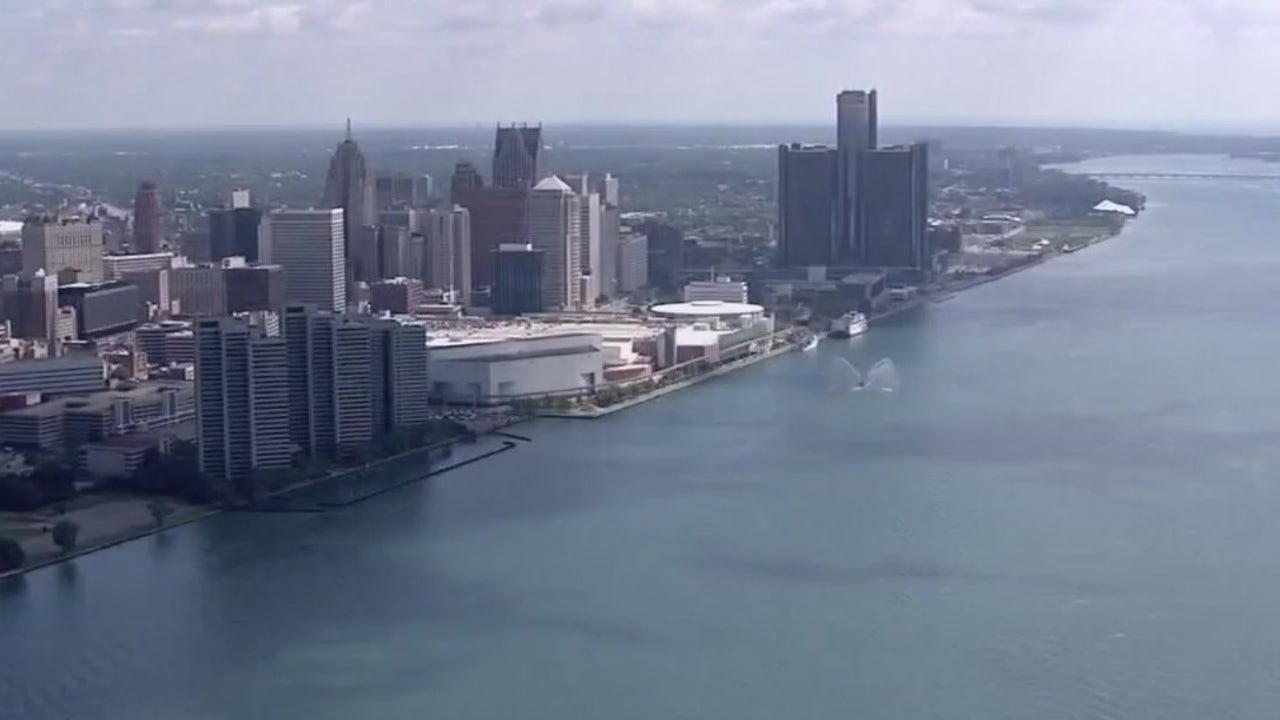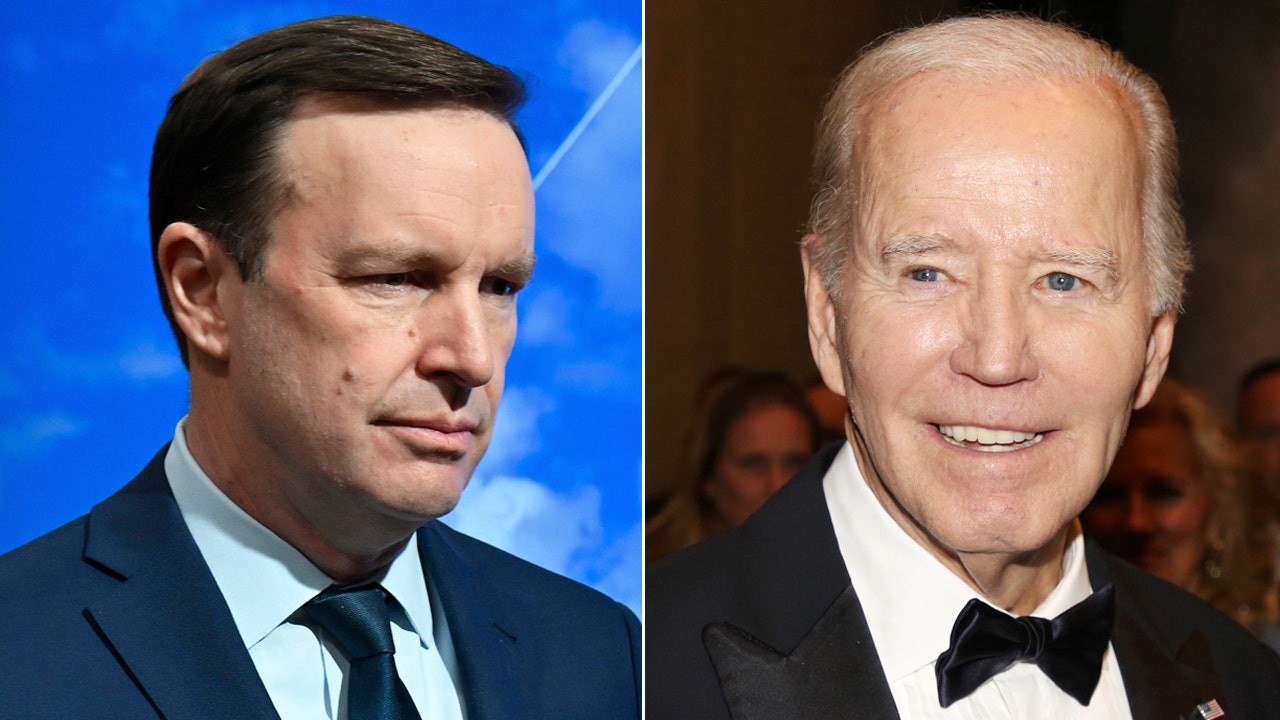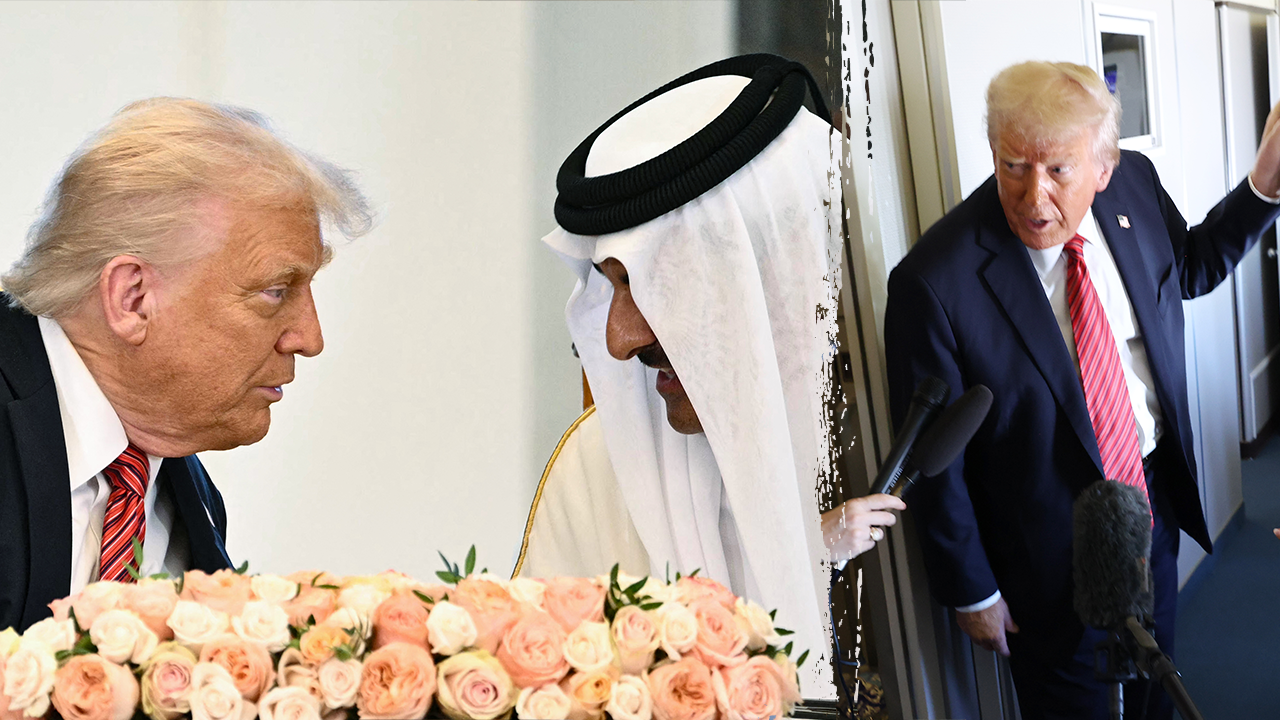World
Canada wildfires spread to new areas, prompting more evacuations

About 10,000 people have been ordered to leave a city in Quebec, amid hundreds of fires burning across the country.
Approximately 10,000 people have been ordered to leave a coastal city in the Canadian province of Quebec, marking the latest evacuation amid weeks of wildfires across the country.
The order on Friday for residents of Sept-Iles came after a nearby fire “advanced very quickly” overnight, according to the city’s mayor, Steeve Beaupre, who declared a local state of emergency.
Bill Blair, the country’s minister of public safety, has said the ferocity of this year’s early wildfire season in Canada has been “unprecedented”, with more than 1,826 fires burning 2.7 million hectares (6.7 million acres) of land.
Across Canada, more than 210 fires were still burning on Friday, with about 29,000 people evacuated before the most recent order in Quebec, he said.
Stephane Lauzon, a member of Parliament from Quebec, told a news conference in Ottawa that about 100 fires were burning in the province — “many more than yesterday”.
“The situation is quickly changing in Quebec,” Lauzon said. Roughly 20 of those blazes were classified as out of control.
Ferocious fires have recently ravaged Nova Scotia on Canada’s Atlantic coast, after major flare-ups singed large swaths of the western provinces of Alberta, British Colombia and Saskatchewan in mid-May.
“This is a scary time for a lot of people from coast to coast to coast,” Prime Minister Justin Trudeau told reporters on Friday.
Wildfires are more common in Canada’s west, but blazes along the Atlantic coast have underscored the increasingly extreme weather the country has contended with in recent years amid rising global temperatures.
Approximately 200 homes were destroyed and nearly 20,000 residents have been displaced in Nova Scotia, where busloads of residents on Friday were taken on tours of the damage in the province’s largest city, Halifax.
Nova Scotia’s climate is heavily influenced by the North Atlantic Ocean, which typically brings higher humidity and more moderate temperatures than many other parts of the country.
While fires are not unusual, they tend to be much smaller than those in the west, with the region buffered in part by the vast Acadian Forest of broadleaf trees that are less flammable than other species.
However, speaking to the Reuters news agency, Weather Network meteorologist Michael Carter said that the region received low snowfall over the winter, followed by an exceptionally dry spring, contributing to the current blazes.
Ellen Whitman, a research scientist with the Canadian Forest Service, told the news agency that — while it is difficult to determine the impact of climate change on a single fire season — Canada’s Atlantic provinces have been much hotter than usual. Scientists expect temperatures in the region to continue to rise in coming years.
Across Canada, the land burned by wildfires in 2023 is more than 10 times the average typically burned by this time of year, Minister of Public Safety Blair said on Friday, referencing data points from the past decade.
At least 93 of the active fires in the country were still labelled as out of control, he said, adding that 1,000 firefighters from Australia, New Zealand, South Africa and the United States have arrived or were en route to bolster firefighting efforts.
Ottawa has also started to deploy the military in Nova Scotia to help, he said.
“The situation remains severe across the country,” Blair said.
Weather forecasts show a period of cooler, wetter air was moving into Canada’s Atlantic regions on Friday, with experts hoping the conditions will provide a reprieve from the flames.

World
Scarlett Johansson Was Offered ‘Sex Object’ Roles ‘For Years’ After ‘Lost in Translation,’ Says Bill Murray Was in a ‘Hard Place’ on Set: ‘Life Has Humbled Him’ Now

Scarlett Johansson remembered in an interview with Vanity Fair her career getting pigeonholed by “sex object” roles after the breakout success of Sofia Coppola’s 2003’s “Lost in Translation,” which cast a 17-year-old Johansson opposite Bill Murray.
“After ‘Lost in Translation,’ every role that I was offered for years was ‘the girlfriend,’ ‘the other woman,’ a sex object — I couldn’t get out of the cycle,” Johansson said. “It sort of felt like, ‘Oh, I guess this is my identity now as an actor.’ There wasn’t much I could do with that.”
Johansson added that her representatives at the time did not help her try to avoid these roles, although “they were reacting to the norm. The industry worked like that forever.”
“You come into your sexuality and your desirability as part of your growth, and it’s exciting to blossom into yourself,” she continued. “You’re wearing the clothes you want, you’re expressing yourself, then you suddenly turn around and you’re like, ‘Wait, I feel like I’m being’ — I don’t want to say exploited because it’s such a severe word. That term is so heavy, but yeah, it was a kind of an exploitation.”
“Lost in Translation” stars Murray as a fading movie star in Tokyo who befriends Johansson’s college graduate amid a midlife crisis. Johansson would not go into specifics but did say “Bill was in a hard place” during the film’s production, adding: “Everybody was on tenterhooks around him, including our director and the full crew, because he was dealing with his… stuff.”
Johansson said she never had worked with an actor in Murray’s “headspace” before. The two performers ran into each other earlier this year behind the scenes of “SNL50,” where Murray was in a much more spirited mood.
“He’s such a different person now. I think life has humbled him,” Johansson said, confirming she was partly referring to his behavior on the set of the 2022 movie “Being Mortal” that resulted in the project being shut down. Murray said earlier this year that he gave a woman on set a kiss through a mask, although he maintained he was just being silly.
“Certainly, yes — that was really bad,” Johansson said. “But I also know COVID was a hard thing for him. Life — all these things have led up to him being held accountable for that kind of behavior. But you know what? How wonderful that people can change.”
Speaking of her experience on “Lost in Translation” at large, Johansson added: “I’m pretty proud of how I handled myself. I really just did the work, you know? It’s a good tactic for pushing through stuff. Eyes on the prize.”
Head over to Vanity Fair’s website to read Johansson’s cover story in its entirety.
World
Trump makes historic UAE visit as first US president in nearly 30 years
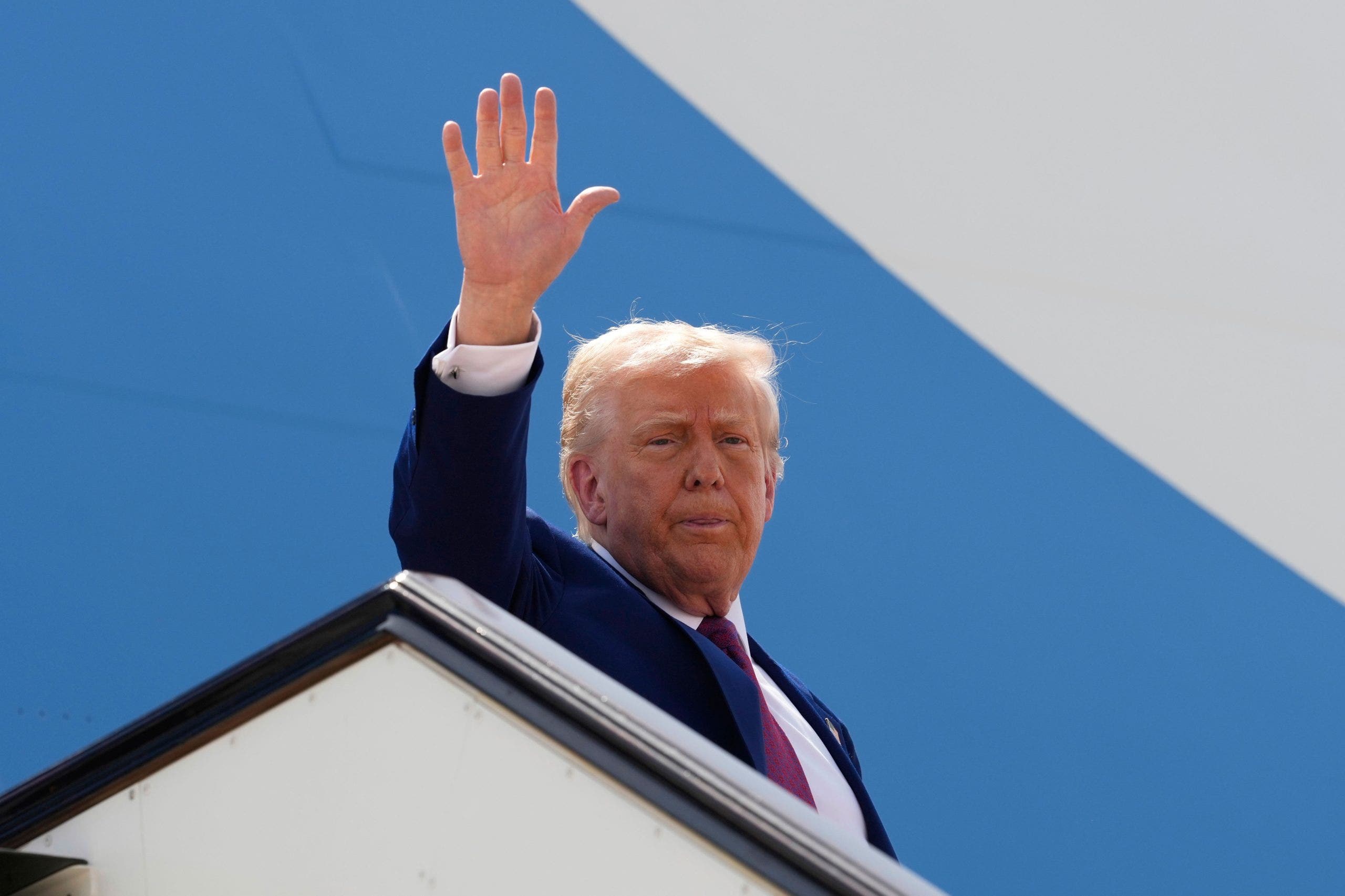
President Donald Trump on Thursday will soon land in the United Arab Emirates for his final stop in the Middle East this week in a visit that marked the first time a U.S. president has traveled to the nation in nearly 30 years, following President George W. Bush’s trip in 2008.
Trump, who has secured major business deals first in Saudi Arabia and then Qatar, is expected to announce more agreements with what has long been one of the U.S.’ chief trading partners in the region — though given recently announced trillion-dollar deals, it is unclear what more the Emiratis will agree to.
In March, the UAE pledged a $1.4 trillion investment in the U.S. economy over the next decade through AI infrastructure, semiconductor, energy and American manufacturing initiatives, including a plan to nearly double U.S. aluminum production by investing in a new smelter for the first time in 35 years.
President Donald Trump waves as he boards Air Force One to depart Al Udeid Air Base on his way to the UAE on Thursday, May 15, 2025, in Doha, Qatar. (AP Photo/Alex Brandon)
TRUMP SIGNS AGREEMENTS WITH QATAR ON DEFENSE AND BOEING PURCHASES
On the eve of the president’s visit to the Middle Eastern nation, the State Department also announced a $1.4 billion sale of CH-47 F Chinook helicopters and F-16 fighter jet parts to Abu Dhabi.
However, lawmakers on Wednesday suggested they may block this sale amid concerns over direct personal business ties, as Trump’s crypto venture has also received a $2 billion investment by a UAE-backed investment firm.
“If I was a betting person, I’d bet that the Emiratis almost certainly kept some things in reserve for President Trump’s actual visit that can be announced when he’s on the ground in Abu Dhabi,” John Hannah, former national security advisor to Dick Cheney and current Randi & Charles Wax senior fellow at the Jewish Institute for National Security of America (JINSA), told Fox News Digital. “I wouldn’t be at all surprised if we see some new items unveiled or some additional details put out on some of the earlier announcements.”
“The UAE has clearly staked its future on being the Middle East leader in a wide range of 21st-century technologies, from AI to chips to space,” he added. “And of course, the shopping list for high-end weapons is almost limitless and always a possible deliverable for a trip like this.”
Increased scrutiny arose around Trump’s Middle East tour as engagement with all three nations holds personal value to him, given the Trump Organization’s luxury resorts, hotels, golf courses, real estate projects and crypto investment schemes in the region.

An infographic titled “Trump’s high-stakes Gulf tour,” created in Ankara, Turkey, on Tuesday. (Yasin Demirci/Anadolu via Getty Images)
TRUMP CONTINUES TO DEFEND QATAR GIFTING US $400M JET: ‘WE SHOULD HAVE THE MOST IMPRESSIVE PLANE’
But all three nations also hold significant value to Washington, as they have become key players in some of the toughest geopolitical issues facing the U.S. and its allies.
Saudi Arabia and Qatar have been integral in facilitating U.S. negotiations when it comes to ending Russia’s war in Ukraine and hostage negotiations in the Gaza Strip.
While neither of these issues appeared to be top points of discussion in Trump’s visit to Saudi Arabia or Qatar, he may hit on geopolitical ties more heavily when it comes to the UAE, particularly given that Abu Dhabi is one of the few Middle Eastern nations that holds normalized diplomatic ties with Israel.
The UAE has ardently opposed Israel’s military operations in the Gaza Strip, has called for a two-state solution, and has rejected Trump’s “riviera plans,” instead favoring an Egypt-reconstruction alternative.

President Donald Trump, center, attends a photo session with Saudi Crown Prince Mohammed bin Salman, United Arab Emirates Crown Prince Sheikh Khaled bin Mohamed bin Zayed Al Nahyan, Qatar’s Emir Sheikh Tamim bin Hamad Al Thani, Kuwait’s Crown Prince Mishal Al-Ahmad Al-Jaber Al-Sabah and Gulf Cooperation Council Secretary-General Jasem Mohamed Albudaiwi during the GCC Summit in Riyadh, Saudi Arabia, on Wednesday. (AP Photo/Alex Brandon)
But Abu Dhabi has also maintained relations with the U.S.’ biggest adversaries, including China, Russia and Iran, which could be a topic of conversation during Trump’s one-day visit.
“As everywhere on this trip, the headlines will likely be dominated by the dollar signs and deal-making,” Hannah said. “But I’m personally most interested in the geopolitical angle of trying to reset the U.S.-Emirati strategic partnership, especially in the context of America’s great power competition with China and to a lesser extent Russia, and regionally with Iran.”

Secretary of State Marco Rubio, left, appears with UAE National Security Advisor Sheikh Tahnoon bin Zayed Al Nahyan at ADNEC Centre Abu Dhabi in Abu Dhabi, United Arab Emirates, on Feb. 19. (Reuters/Evelyn Hockstein/Pool)
Hannah explained that Trump’s visit to the UAE exemplifies a recommitment by the U.S. economically and militarily to support Abu Dhabi’s “stability, security, and success in a dangerous neighborhood” and could “pay real dividends going forward.”
“The UAE’s top leadership has come to believe that putting most of its eggs into the American basket was an increasingly risky bet as one president after another decided that the Middle East was a lost cause — nothing but ‘blood and sand’ as President Trump famously said in his first term — and the country needed to pivot its focus toward Asia,” he continued. “With a country as influential and resource-rich as the UAE, correcting that unhelpful perception and putting the strategic relationship back on a much more positive dynamic is an important goal.”
World
Leak: Commission to launch PFAS clean-ups in water resilience strategy
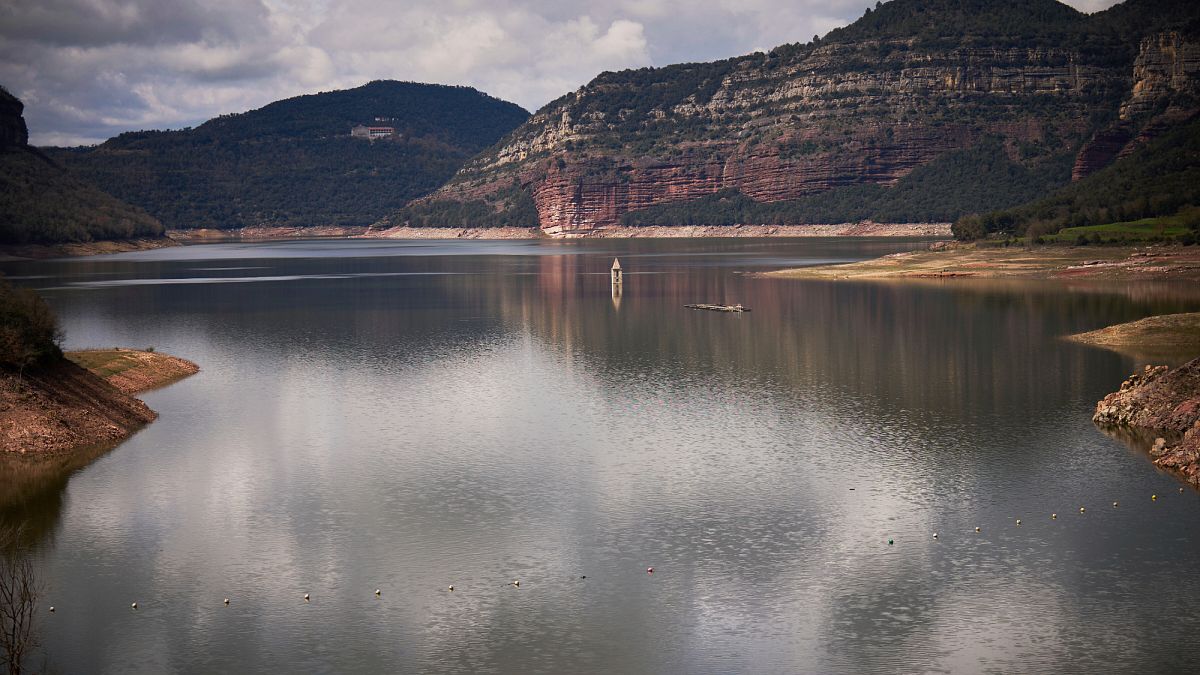
The European Commission is preparing to support a major clean-up initiative targeting Per- and polyfluoroalkyl substances (PFAS), also known as “forever chemicals” due to their persistence in the environment and human body, according to a leaked proposal seen by Euronews.
The operation, which is expected to start in 2026, is a central feature of the forthcoming EU Water Resilience Strategy.
Controversially shelved by the previous Commission and now slated for presentation by 4 June, the new strategy aims to address increasingly severe flooding, droughts, and escalating water pollution across Europe.
According to a leaked draft of the proposal seen by Euronews, the Commission warns that “urgent action is needed to tackle pollutants of emerging concern which pose a risk to our vital sources of drinking water.”
“The EU must embark on decisive efforts to clean up these and other ubiquitous, persistent, bio-accumulative, and toxic substances, particularly where such chemicals remain indispensable for societal or industrial use,” the draft continues.
The leaked document stresses that remediation should follow the “polluter pays” principle, with public funding reserved for so-called orphan sites, namely locations where no responsible party can be identified.
The estimated cost of cleaning up PFAS contamination across Europe ranges from €5 billion to €100 billion annually, according to the Commission. The water sector alone could face up to €18 billion in additional yearly expenses for drinking water treatment. Costs for wastewater and sewage sludge management are projected to be even higher.
Among the planned initiatives is a public-private partnership launching in 2026, focused on the detection and clean-up of PFAS and other persistent chemicals. The initiative will align with recently revised EU legislation on industrial emissions, drinking water, and wastewater, and is intended to foster innovation and market development within the European water sector.
“Innovation and digitalisation are indispensable to remove emerging pollutants like PFAS and other toxic micro-substances,” the Commission notes in the draft adding that bio-based technologies could offer long-term solutions. The document also highlights the importance of achieving energy neutrality in the wastewater sector and improving integrated urban water management.
The PFAS actions in the strategy are intended to complement ongoing efforts under the revision of the EU’s REACH framework, as outlined in President von der Leyen’s 2024–2029 political guidelines, which are also slated for revision soon.
By the end of 2025, the Commission aims to adopt a comprehensive restriction on all PFAS in firefighting foams, identified as one of the primary sources of PFAS emissions.
PFAS and other highly persistent pollutants continue to accumulate in EU waters, with estimated health-related costs ranging from €52 billion to €84 billion annually.
Aligned with the Zero Pollution Action Plan, the Commission also proposes a monitoring and outlook system to tackle water and marine pollution at its source.
-

 Austin, TX5 days ago
Austin, TX5 days agoBest Austin Salads – 15 Food Places For Good Greens!
-

 Technology1 week ago
Technology1 week agoBe careful what you read about an Elden Ring movie
-

 Technology7 days ago
Technology7 days agoNetflix is removing Black Mirror: Bandersnatch
-

 Culture1 week ago
Culture1 week agoPulitzer Prizes 2025: A Guide to the Winning Books and Finalists
-

 Education1 week ago
Education1 week agoUniversity of Michigan President, Santa Ono, Set to Lead University of Florida
-

 World1 week ago
World1 week agoThe Take: Can India and Pakistan avoid a fourth war over Kashmir?
-

 News7 days ago
News7 days agoReincarnated by A.I., Arizona Man Forgives His Killer at Sentencing
-

 News1 week ago
News1 week agoJefferson Griffin Concedes Defeat in N.C. Supreme Court Race






